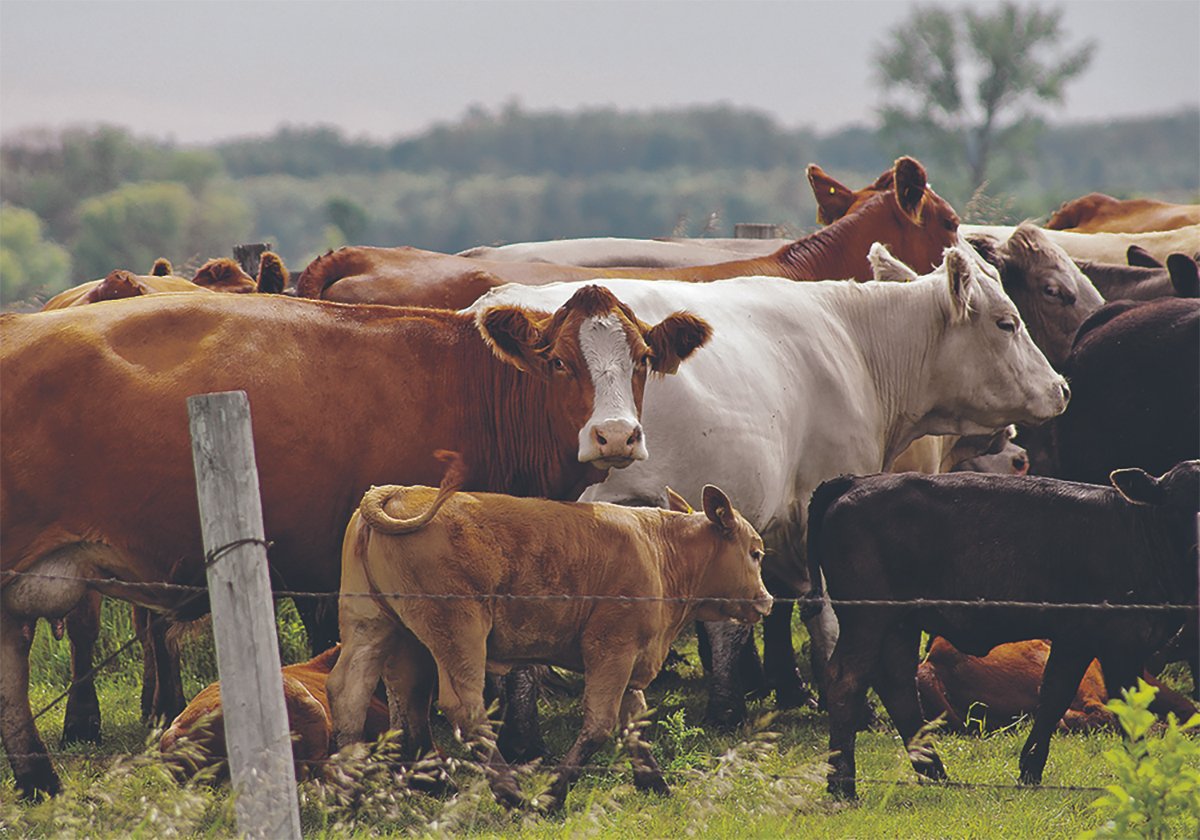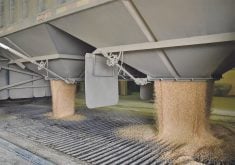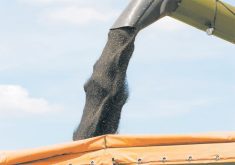For many years, cow-calf producers were “poor cousins” compared to their grain-farming neighbours.
That has changed. Gross returns for cow-calf producers have outpaced the grain sector in recent years.
In 2020, I compared cow-calf producers with grain producers to see what was required for each to achieve $500,000 in gross returns. This is gross return and not profit, which is much more difficult to quantify across a sector.
Read Also

Invigor Gold variety viewed as threat to condiment mustard
Invigor Gold, the canola-quality mustard developed by BASF, is on a collision course with Canada’s condiment mustard industry. It’s difficult to see how the two can co-exist.
For grain, I assumed a canola-wheat rotation with 45 bushel per acre wheat at the prevailing price of $7 a bu. and 40 bu. per acre canola at the $10 a bu. available at that time.
In this scenario, a grain farm with slightly more than 1,400 acres would gross half a million dollars.
Meanwhile, 550-pound calves were selling for only $2.20 a lb., meaning you would have to sell more than 400 calves to reach a gross of $500,000.
A 1,400-acre grain farm is considered pretty small, while a cow herd of more than 400 is much larger than average.
If you have a 1,400-acre grain farm, you’re not on the speed dial of any farm equipment dealership, and you’re not who farm input sales reps want to target. On the other hand, if you have more than 400 cows, you’re a noteworthy rancher.
Fast forward to 2025. Wheat is still around $7 a bu. while canola will perhaps be worth $15 a bu. after harvest. Using the same yield assumptions as before, a grain farm can achieve a $500,000 gross return on slightly more than 1,200 acres, not a big change from the previous 1,400 acres.
However, for cow-calf producers, it’s reasonable to assume that 550-lb. steers and heifers this fall could average $5.20 a lb. At that price, it takes only 175 calves to reach gross sales of $500,000 — a far cry from the more than 400 needed five years ago.
Putting it another way, a cow-calf producer selling the same number of calves this fall will likely gross nearly 2.4 times more money than five years ago.
Which $500,000 farm will net more money after all expenses are paid?
Costs vary dramatically from one farm to the next with the variance probably higher in the cow-calf sector than among grain producers. However, I’d bet that a low-cost, efficient cow-calf producer will keep more of their gross return at the end of the year than a typical grain farmer.
Which farm is the most work?
Wheat and canola on 1,200 acres are small potatoes for a large well-equipped operation, but if that’s your entire farm, you’re no doubt using smaller, older equipment. There are busy times of the year, but only grain movement and perhaps equipment repair in the winter.
Cattle producers have found easier methods over the years. Many have adopted later calving and use winter grazing rather than putting up as much feed. It really helps the workload if your summer grazing land is all in one place rather than being scattered over a large geography.
Handling facilities are better than ever, but there’s no way to avoid the manual labour each time you need to process animals, whether it be vaccinations, pregnancy testing or branding.
Plus, cattle are a year-round commitment. You can’t take an extended winter vacation unless someone is available to take care of the cows.
Cattle are a lot of work, and it’s an expensive time to increase herd size. There’s no stampede to increase cow numbers despite the monumental shift in economics.
















